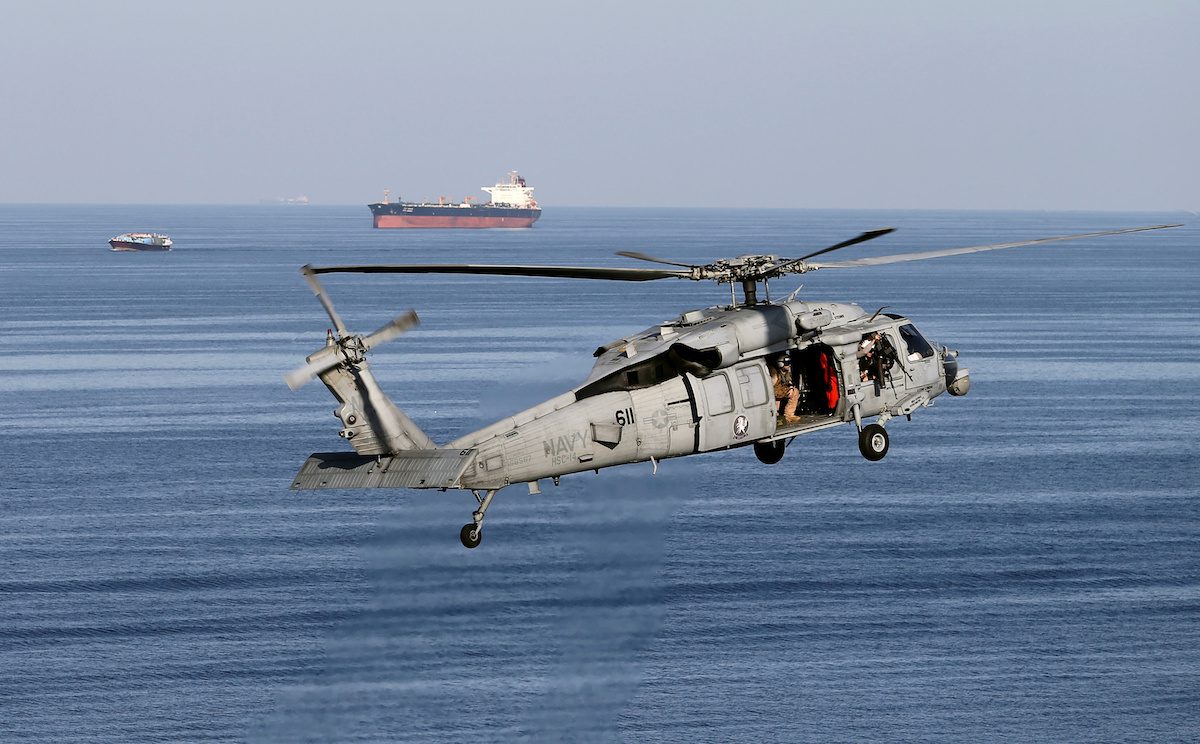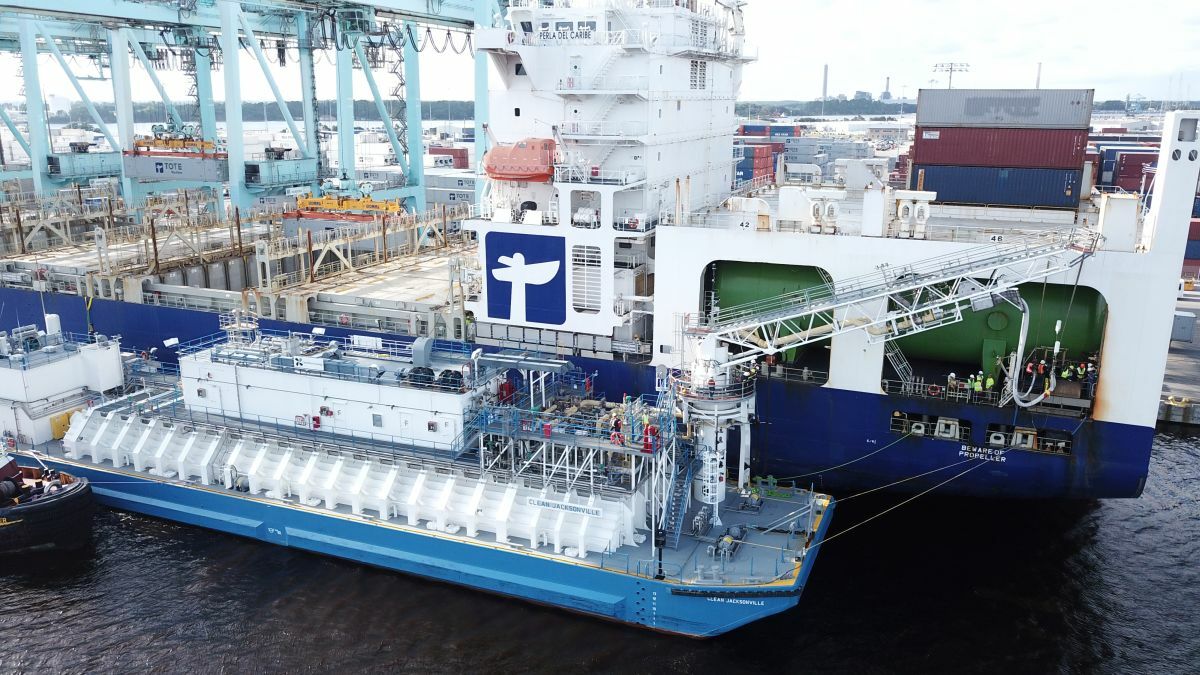Despite numerous threats throughout its history, the Strait of Hormuz has never been fully closed to maritime traffic—a testament to its critical importance in global energy supply chains. According to maritime research from Drewry, even during the height of the 1980–1988 Iran-Iraq war, when the waterway came “agonizingly close to a complete closure” and tankers were regular targets of missile attacks, the strait remained navigable. The conflict even earned the nickname the “Tanker War.”
The narrow waterway has weathered several geopolitical storms. Drewry notes that “despite repeated threats and rising tensions—especially during 2011–12 and 2018–19—the Strait of Hormuz has never been fully closed. Iran has frequently hinted at closures as a strategic warning rather than actually carrying them out.”
Rhetoric surrounding the closure of the Strait of Hormuz has escalated dramatically after the U.S. conducted its first direct strike on Iranian soil early Sunday morning, targeting nuclear facilities at Fordow, Natanz, and Isfahan. In response, Iran’s parliament has voted to close the strategic waterway, though this decision still awaits final approval from the country’s top security body.
Maritime analysts at Drewry characterize Iran’s threat as “a desperate bargaining chip rather than a genuine strategic plan,” noting that “Tehran knows that choking this vital shipping route will cripple its own economy” and alienate key partners including China, Oman, and Qatar.
The shipping market has already reacted strongly to these tensions. According to Drewry, between June 13-20, 2025, freight rates for VLCCs on AG–East routes surged nearly 70%, while AG-Far East LR rates increased 45%. Shipowners have adopted a cautious approach, with some agreeing to transit only under strict safety protocols, including limiting passages to daylight hours.
If Iran proceeds with closing the strait, Drewry forecasts immediate and severe market impacts: Brent crude could surge past $100 per barrel, while LNG spot prices could reach $25-30/MMBtu. These price spikes would particularly impact Asian economies, forcing countries to tap strategic reserves.
While alternatives exist for some regional exporters—Saudi Arabia and the UAE could utilize bypass pipelines—other nations like Qatar have fewer options. As of Monday, vessel traffic was still moving through the strait, though increased Iranian naval patrols have heightened concerns among shipowners.
In the longer term, Drewry suggests this crisis could accelerate strategic shifts in global energy supply chains, potentially driving investments in alternative routes and reducing reliance on Gulf-sourced energy commodities.
As one Drewry analyst concludes: “Whether or not a closure materialises, these tensions have already redrawn perceptions of risk in global shipping. That alone is enough to continue to shape the future of trade through the Strait of Hormuz.”

 Join The Club
Join The Club











